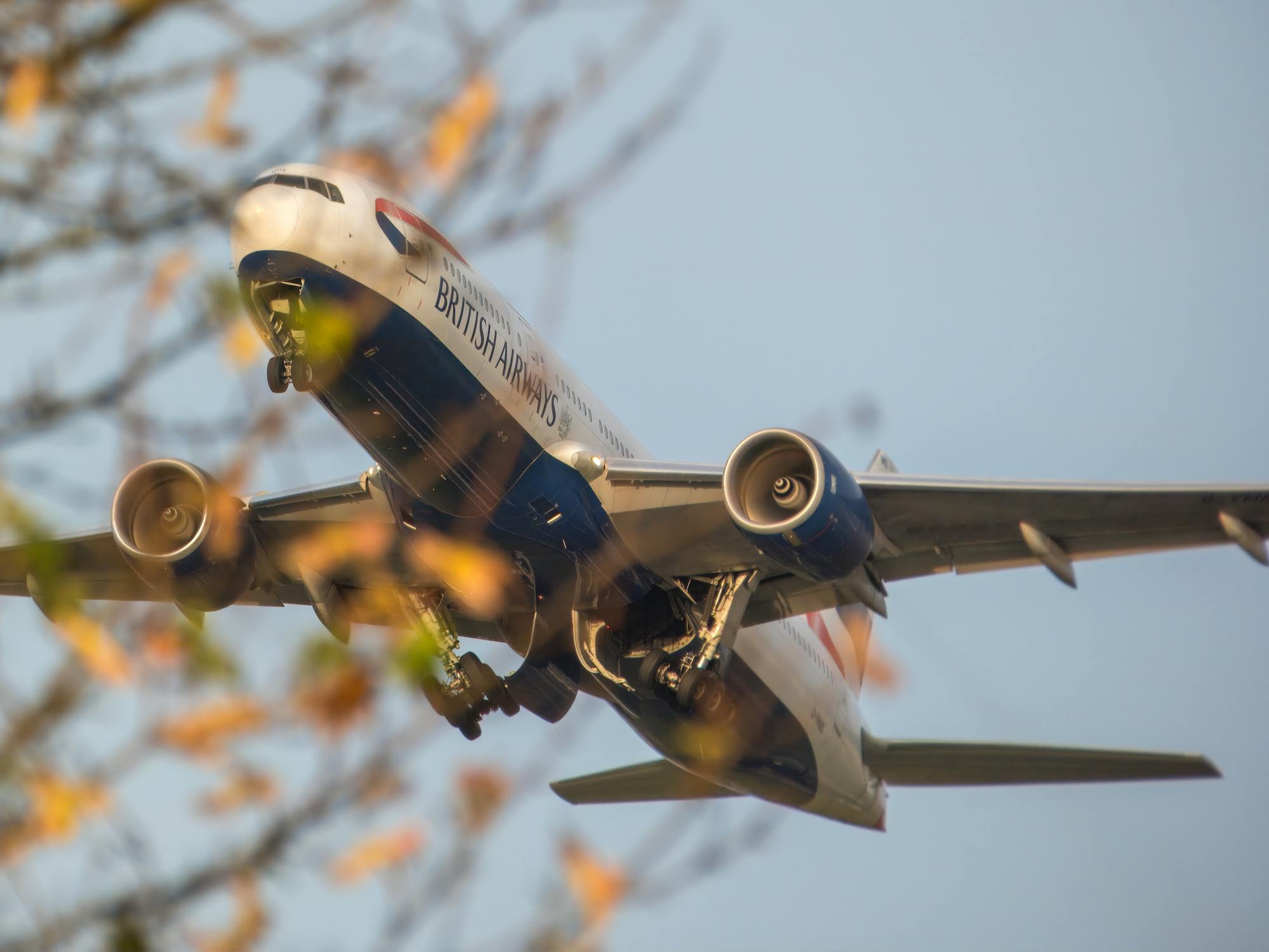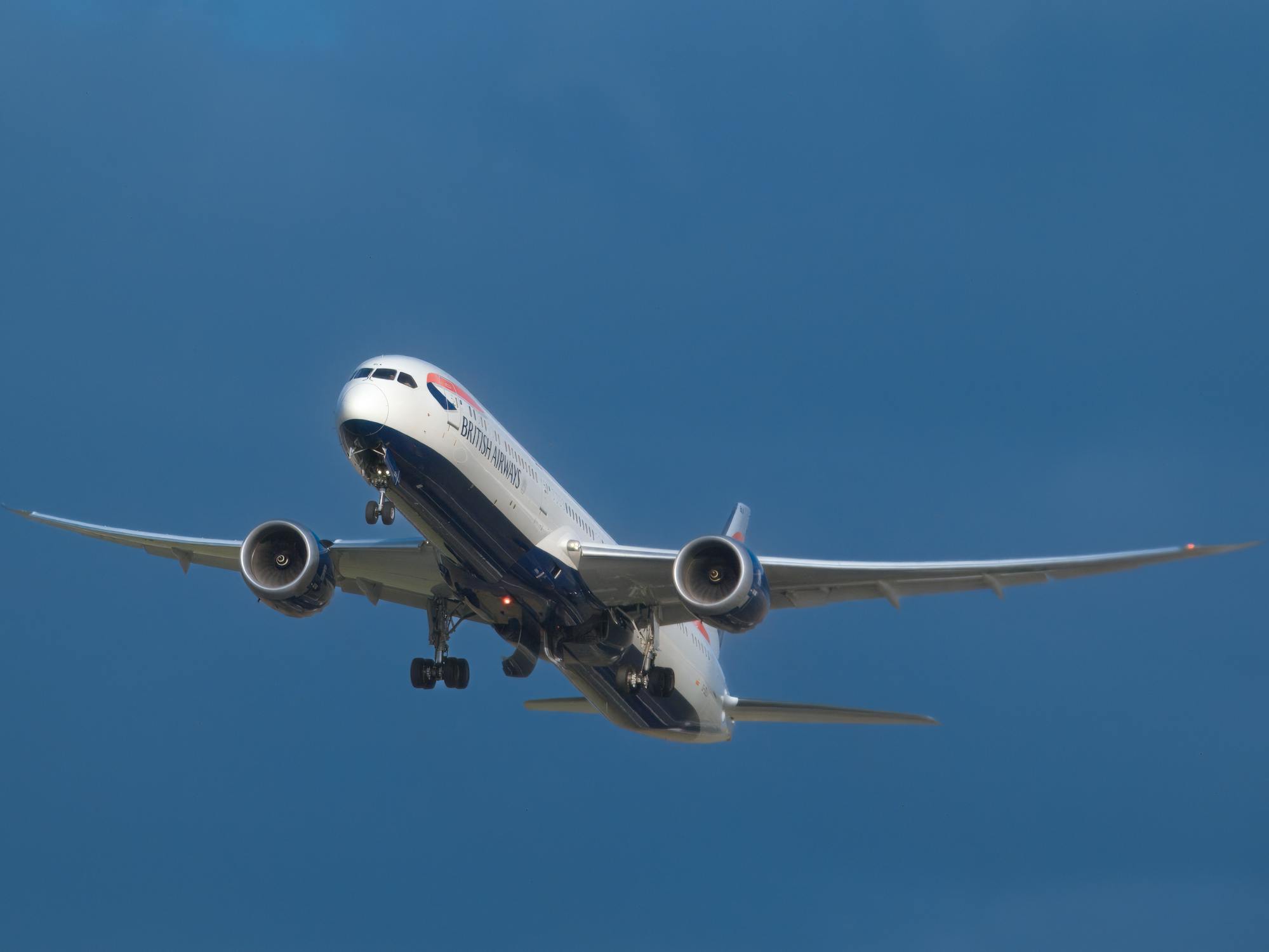In 1990, British Airways pilot Tim Lancaster experienced a terrifying and surreal event that would change his life forever. During a routine flight from Birmingham to Málaga, Spain, Lancaster found himself sucked out of his aircraft at an altitude of 17,000 feet when the cockpit’s windshield blew out. This sudden decompression triggered a catastrophic sequence of events, leaving the captain partially ejected from the aircraft. The crew, however, acted quickly and heroically, defying the odds to ensure Lancaster’s survival. This extraordinary tale is a testament to human resilience and the life-saving actions of a dedicated crew.
The Unexpected Flight Disaster
The flight began like any other, but it took a deadly turn when the cockpit window suddenly exploded. The decompression was so intense that it sucked Captain Lancaster out of his seat and towards the open window, with only his legs remaining inside the cockpit. The aircraft was cruising at high speed, and the cold, thin air at that altitude made the situation even more dangerous. The co-pilot, Alastair Atchison, was in shock but swiftly regained his composure to stabilize the plane. In a stroke of fate, Nigel Ogden, a flight attendant who was on his way to the cockpit, arrived just in time to assist.
The Heroic Effort of Nigel Ogden
As Lancaster was pulled further outside the aircraft, Ogden swiftly acted, grabbed hold of the captain’s legs, and kept him from being fully ejected. Ogden maintained his grip for 20 excruciating minutes while the co-pilot flew the plane. Passengers on board witnessed the terrifying scene, many of them in shock as they saw crew members fighting to save Lancaster. “I could see a body hanging out of the window, with two men and a woman hanging onto his legs,” one passenger recalled. “They were trying to stop him from being sucked out.” Ogden’s determination to hold on prevented even more catastrophic consequences, as the risk of Lancaster’s body striking the engine or stabilizer was a real concern.

The Co-Pilot’s Quick Thinking
While Ogden clung to Lancaster’s legs, co-pilot Atchison remained calm, descending the plane to a safer altitude and preparing for an emergency landing. With the plane’s windshield blown out and a large portion of the captain’s body outside, the flight crew worked together to prevent a disaster. A second flight attendant, Simon Rogers, rushed to relieve Ogden, who was suffering from frostbite and a gash on his hand. Together, the crew members worked relentlessly to bring the plane down safely at Southampton Airport, 70 miles southwest of London. The passengers were left in a state of shock, unsure of what had just transpired.
A Miraculous Survival
After 20 minutes of hanging in the air, rescuers finally pulled Lancaster back into the cockpit. Although the wind had battered his body and he had suffered frostbite, fractures, and shock, he miraculously survived. The airplane landed safely, and firemen on the tarmac immediately rushed to pull the captain clear. In the aftermath, investigators revealed that the crew had replaced the windshield just days before the flight, and they did not expect the aircraft’s toughened glass to fail in such a way.

The event later appeared on the popular aviation show Mayday, where the dramatic details of the flight came to life, showcasing the heroic efforts of the flight crew and the survival of one British Airways pilot. The incident remains one of the most extraordinary cases in aviation history.
The BAC-111: A Robust Aircraft
The aircraft involved in this harrowing incident was a British Aircraft Corporation (BAC) 1-11, a twin-engine, short-range airliner commonly used for domestic flights during the late 20th century. Despite its compact size and older design, the BAC-111 earned a reputation for its robust build and ability to withstand harsh conditions. Aviation experts praised the aircraft’s structural integrity, which the incident tested.

The BAC-111’s cockpit was designed to endure substantial pressures, and the plane featured toughened glass that made it highly resistant to damage under normal conditions. However, the catastrophic failure of the windshield in this case was an anomaly, described by aviation experts as a “freak occurrence.” The aircraft’s design was strong enough to maintain stability even with such an extreme breach, and its structural strength helped prevent the situation from escalating further.
Despite its age, the BAC-111 earned a reputation as one of the most durable aircraft in its class, a fact that was critical in the survival of both the captain and the passengers. The quick actions of the crew, coupled with the aircraft’s resilience, ensured that Flight 5390 was able to land safely despite the extraordinary circumstances.
Fascinating Facts About Airplanes
While this story of a British Airways pilot is one of the most remarkable in aviation history, it also sheds light on the incredible engineering that allows airplanes to function in such extreme conditions. Here are some fascinating facts about airplanes that help explain how they manage to withstand challenges in the air:
Read More: 5 Food And Drink Items Airline Employees Avoid On Planes
How Much Wind Force Can Airplanes Withstand?
Airplanes are designed to endure powerful winds, especially when flying at high altitudes. Commercial airliners can withstand wind speeds of up to 100 miles per hour or more. Modern jets feature robust wing structures and aerodynamics that allow them to maintain stability even in severe gusts and turbulence. This ensures that the airplane can continue to fly safely, even when faced with challenging weather conditions.
The Weight of an Airplane
The weight of an airplane varies depending on its size and purpose, but commercial airliners typically weigh between 200,000 and 700,000 pounds (90,000 to 318,000 kilograms). The aircraft’s engines, wings, and landing gear support this massive weight, working together to keep the airplane aloft. The sheer force required to lift such a heavy object off the ground showcases the incredible power and precision of modern aviation engineering.
How Do Airplanes Fly?
The process of flying an airplane is complex and relies on the principles of aerodynamics. Essentially, airplanes fly due to the interaction between their wings and the air. As air flows over the curved top surface of the wing, it moves faster than the air below, creating a difference in air pressure. This pressure difference generates lift, which pushes the airplane upward. The engines provide thrust, propelling the plane forward, while the tail and rudder control the plane’s direction. The combination of these forces—lift, thrust, and control—keeps the airplane in flight.
Conclusion

Tim Lancaster’s survival after being ejected from his plane serves as an awe-inspiring reminder of aviation’s unpredictable nature and the resilience of the human spirit. Despite facing extreme conditions, Lancaster held on for 20 minutes before rescuers safely pulled him back—an accomplishment many thought impossible. His remarkable story highlights not only human determination but also the incredible engineering behind modern airplanes that allow them to fly safely even in the harshest conditions.
Lancaster’s survival serves as a testament to the strength of the human body and mind, while also offering a glimpse into the impressive capabilities of aviation technology. The heroic actions of flight attendant Nigel Ogden and the quick thinking of co-pilot Alastair Atchison helped bring the aircraft to a safe landing, proving that aviation can be as much about teamwork as it is about technology. Whether in calm skies or turbulent ones, airplanes continue to defy gravity and carry passengers safely across the globe—thanks to the science and technology that make flight possible.
Read More: Scientists Unearth Incredible 5,900-Year-Old Discovery in the Rocky Mountains

